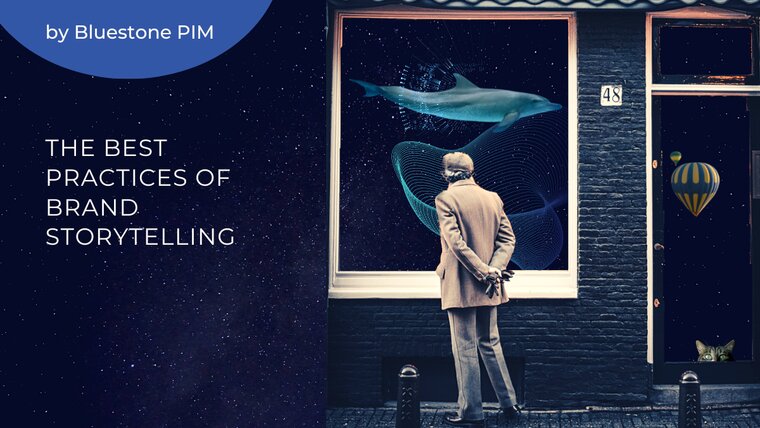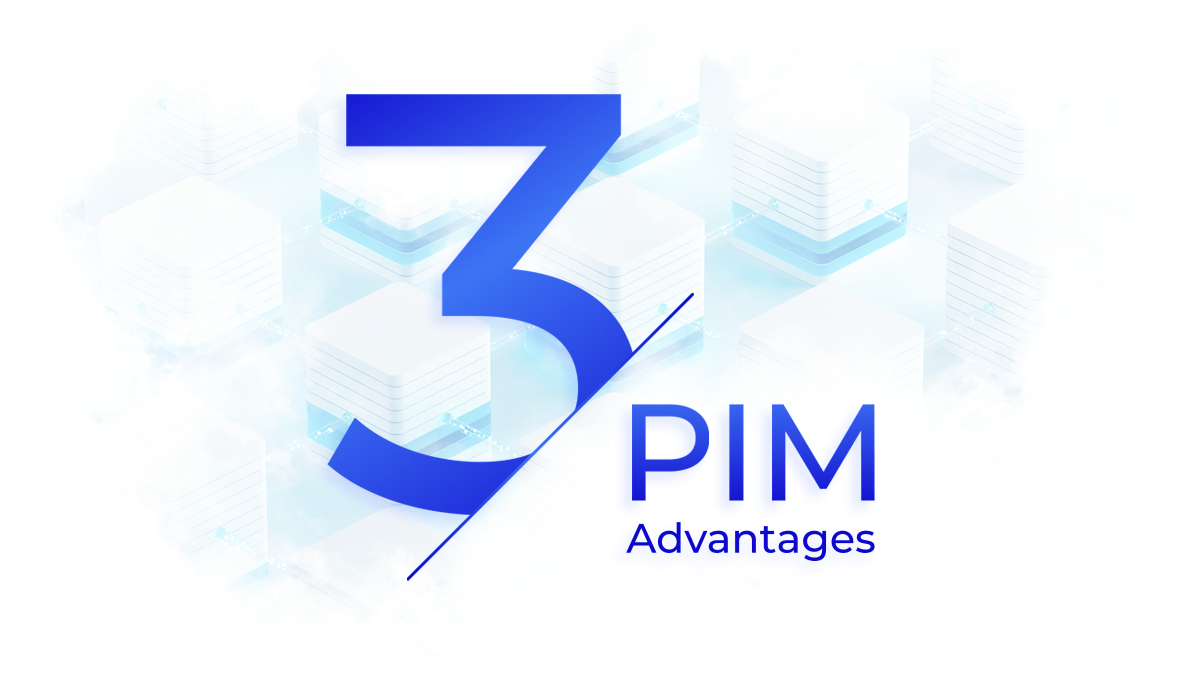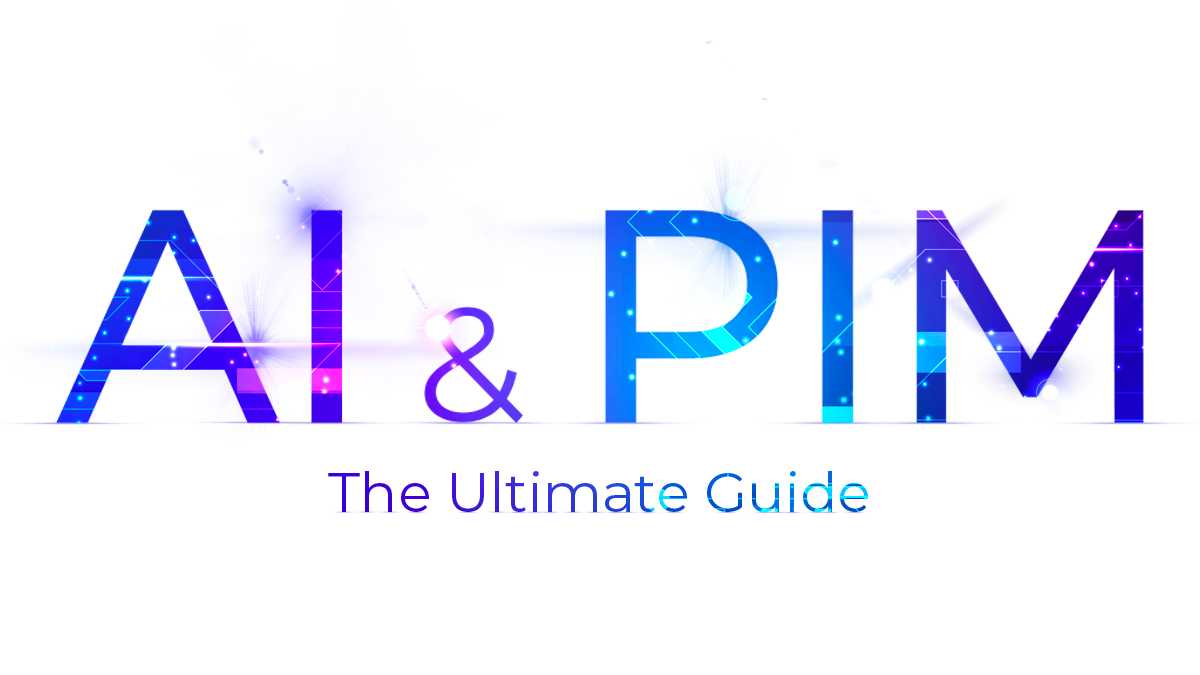
Bluestone PIM Blog

Featured Articles
Composable Commerce
Top 3 Composable PIM Advantages You Won’t Find Anywhere Else
Retail & eCommerce
E-commerce in 2025: Trends Predicted by Experts
Results for


Data Management
Single Source of Truth For Product Data: Why It Matters for Retailers
Learn how a single source of truth improves data quality, decision making, and customer experience. Discover how Bluestone PIM centralises product data.

Composable Commerce
Migrating Away from Legacy Systems: A 4-Step Strategy
Learn 4 essential steps for migrating legacy systems and data to a new platform, and discover the major challenges you’ll face in digital transformation.

Product Information Management
PIM vs ERP: Which Do You Need for High-Quality Product Data?
Discover the difference between PIM and ERP systems. Learn which you need for high-quality product data and how Bluestone PIM transforms e-commerce success.

Customer Insights
PIM for Automotive Industry: What to Look For in 2026?
Explore what matters most in a PIM for the automotive industry. Learn which features, integrations, and benefits drive digital success for manufacturers, distributors, and retailers.

Product Information Management
5 Signs You Need a PIM System
Learn the 5 signs you need a PIM solution in your business to get product data under control, streamline processes, and boost sales across channels.

Sustainability
10 Examples of Digital Product Passport-like Initiatives
Discover 10 inspiring digital product passport-like initiatives that promote transparency, sustainability, and circularity across various industries.

Best Practices
PIM for Construction: 9 Ways to Boost Accuracy and Efficiency
Discover key benefits of PIM for the construction industry. Learn how a Product Information Management system can future-proof your building business.

Product Information Management
Pimcore vs Inriver vs Bluestone PIM: Choosing the Best PIM Software for Your Business
Compare Pimcore, Inriver, and Bluestone PIM to find the best PIM software for scalability, omnichannel, and composable commerce.
START YOUR PIM JOURNEY
Schedule a 30-minute call with our expert and win the omnichannel game with composable PIM, just like our customers





